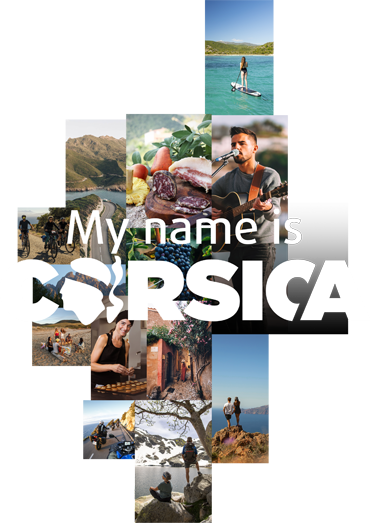Rechercher...
Explore Corsica
Pasquale Paoli - on the paths of stone and water in Murato
In Murato, Pasquale Paoli reveals the path of Corsica’s rich history
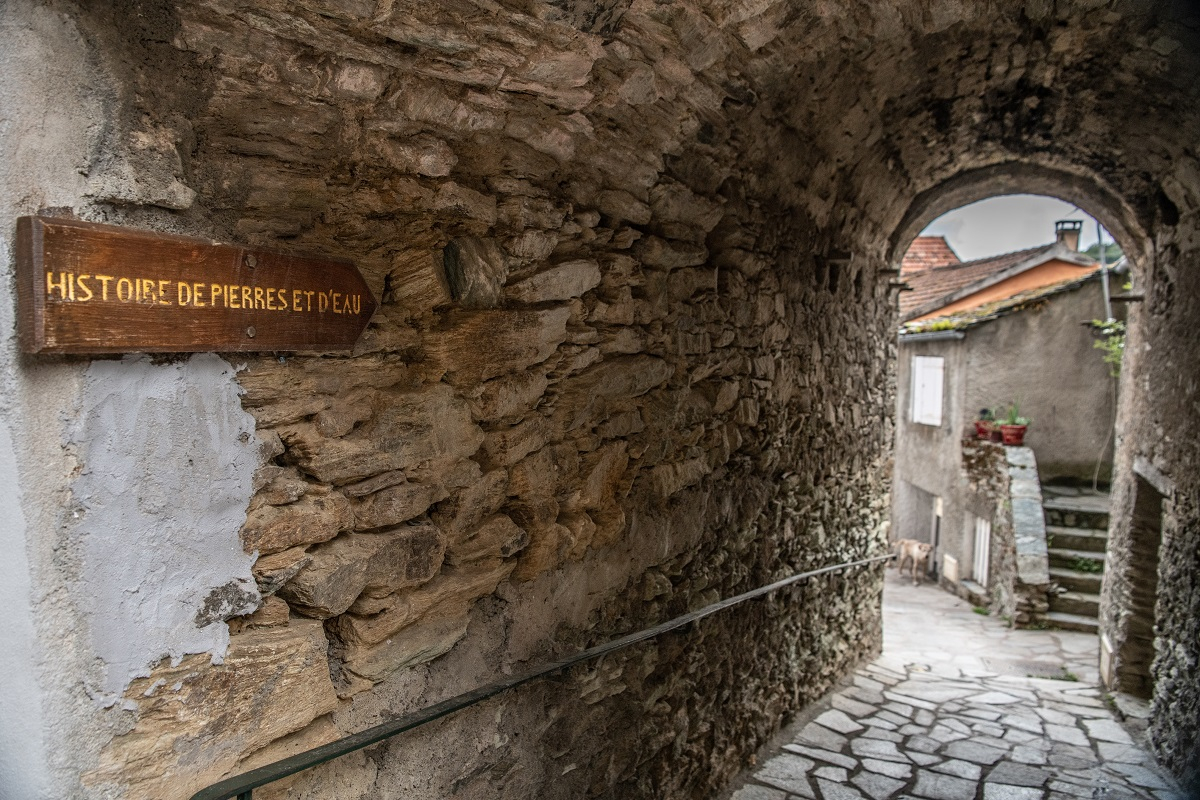 ©ANGELE RICCIARDI
©ANGELE RICCIARDI
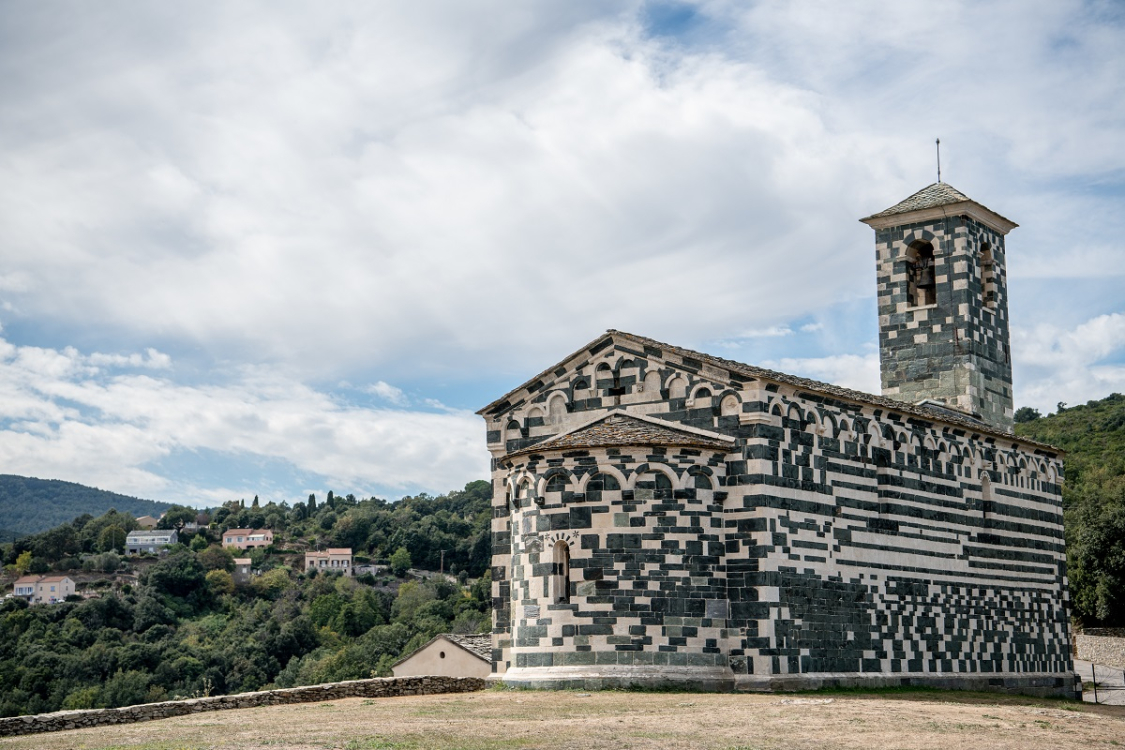 ©ANGELE RICCIARDI
©ANGELE RICCIARDI
Like today’s visitors to the area, Pasquali Paoli - the father of the Corsican nation - certainly paused when he visited the village, drawn to admire the architecture of the church of Saint-Michel of Murato . This 12th century building is the starting point of Murato’s stone and water path which opened in 2001. This heritage path isn’t as popular as the limestone church, but it really deserves to be discovered. The path is accessible, even for families, and it also offers a walk into the heart of a historically rich village, whose tale is told via information panels that line the route.
The tourist office of Nebbiu can provide further details, and you can also book a guided tour. It’s a superb way to discover the hidden and more intimate treasure of this historic town.
Take a walk through the village, its stones steeped in history, overhanging the Bevinco stream, and you will discover its past. Closely linked to invasions of the island, the arrival of Pasquale Paoli and the independence of Corsica as well as the local economy and the ice trade.
Listen to the tinkling fountain as you pass by the Murati family vault, where Achille Murati lies. He was one of Pasquale Paoli's lieutenants and conqueror of the island of Capraia in 1767. Follow the narrow path to chjassu di campanile, where you can see the remains of what was once a thriving wheat growing area. Soon you will arrive at the upper part of the village, Muratu Supranu. Look closely at the buildings to see the passage of time etched into the stonework and learn how the watchtower of Corsican notables later became a dwelling.
The architecture of the bell tower of the church of San Giovanni with its triangular tympanum I unique on the island, and perhaps in the world. No one knows exactly why a triangular shape was used to build it, but we do know that it’s not from a lack of stones. Continue to follow the path to u babbu di a patria and its barracks, then over a superb Genoese bridge that crosses the Bevinco. Close by at Nivera, you will discover an old stone icehouse. Snow was carried by donkeys at night, to be stored here to make ice for the cafés of Bastia.
Head towards the lower village as you listen to the melody until you reach the beautiful ricciada which has survived the passage of time. It’s a form of path paved "hedgehog" style, a traditional Corsican method to create solid streets whilst creating a perfect way for rainwater to drain away. Not far from the washhouse, there is an enormous building, the “ Palais de la Monnaie” (the Palace of Currency), A Zecca. In the time of Pasquale Paoli copper and silver coins were minted bearing the arms of the kingdom of Corsica.
Close by is a convent which was used as Paoli’s headquarters. He housed troops here while organising resistance against the French during the annexation of Corsica from 1767 to 1769.
The walk ends as you return to hear the flow of the first fountain under the bell tower of Saint-Michel. It is a path of many discoveries in this village whose history is so deeply linked to the cutting of stones, to Corsica’s founders, to the flow of water and the Bevinco, a source of life.
 ©ANGELE RICCIARDI
©ANGELE RICCIARDI
Rapale, Pieve, Soriu
There are many little-known hiking and walking trails in the Nebbiu microregion. Not far from Murato, the villages of Rapale , Pieve and Soriu share a common path which alternates between scrubland and hamlets, offering unique discoveries about the history of these villages. Itineraries and details can be found at the local tourist office.
 ©GERARD BALDOCCHI
©GERARD BALDOCCHI
Swimming in the river
In October, the water is a little cool to dive into, but the stream flows here all year round, and over the centuries, the Bevinco has created magnificent natural pools around the village of Murato. It’s a year-round destination, but if you visit out of season, remember these unique sites and come back another time to enjoy a swim.
 ©ANGELE RICCIARDI
©ANGELE RICCIARDI
Canyoning
PMany small canyons can be found around the village of Murato. The Bastiaise association I Topi Pinnuti offers annual canyoning trips as well as discovery outings that are suitable for the whole family. It does all depend on the season when it comes to caving, but Corsica’s many caves of all sizes are perfect for enthusiasts.
 ©istock-Salajean
©istock-Salajean
Further information
Locate
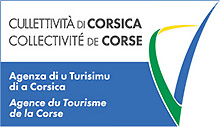
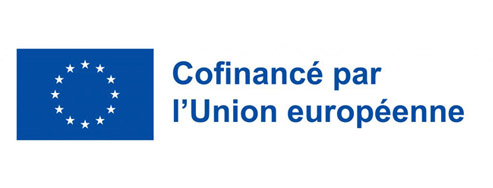
powered by cd-media.fr



